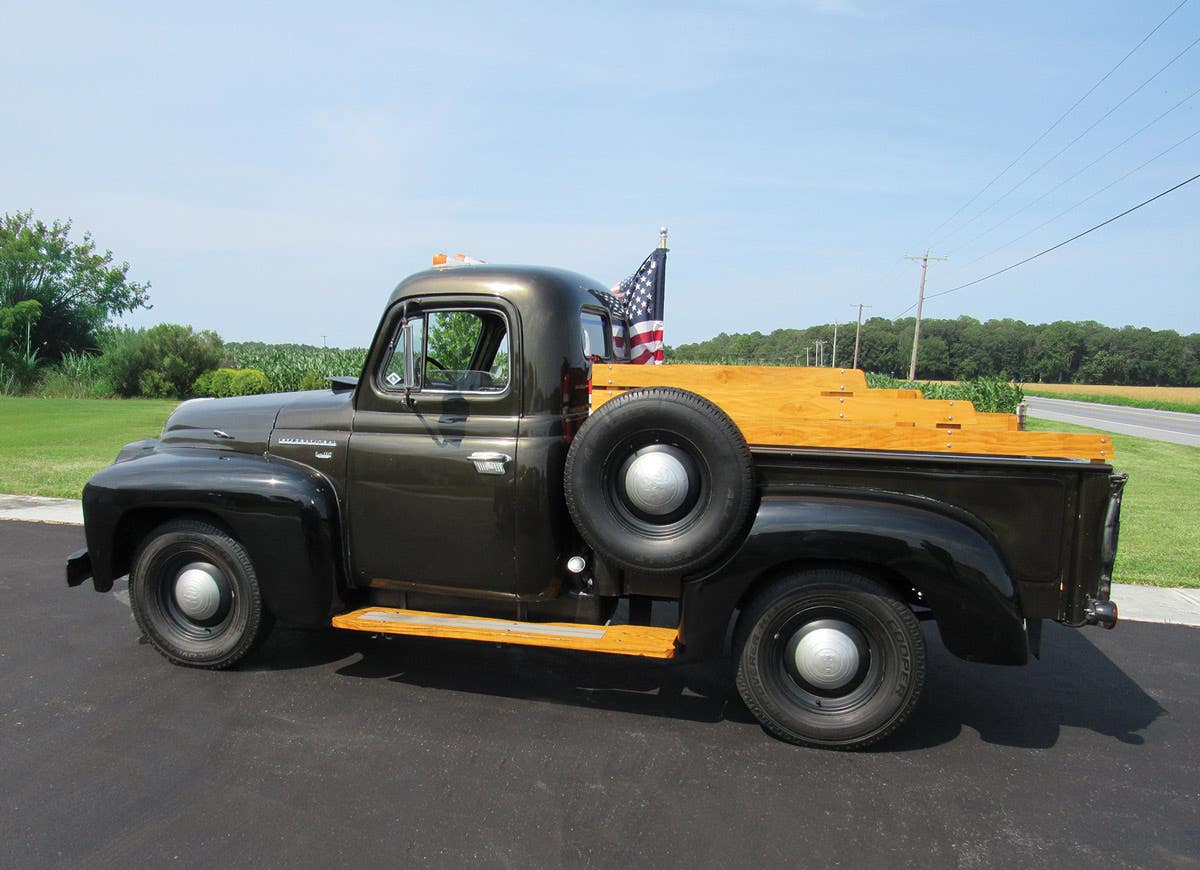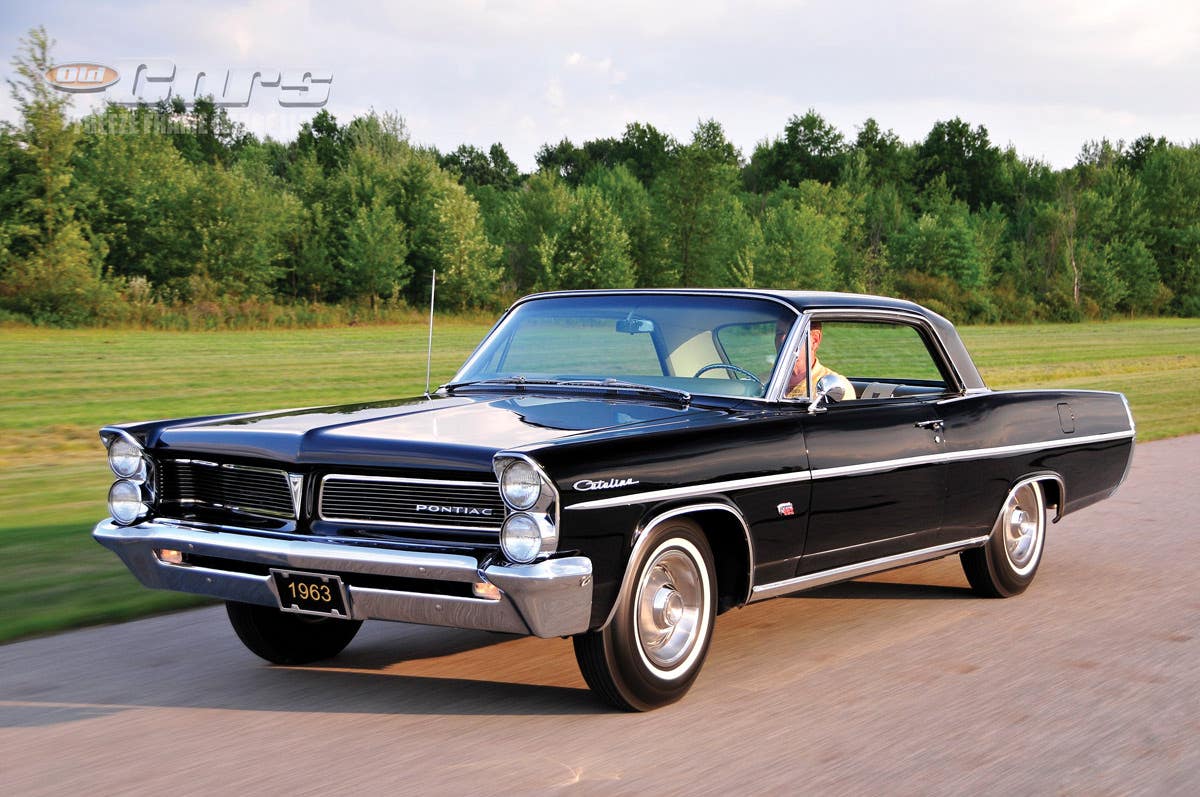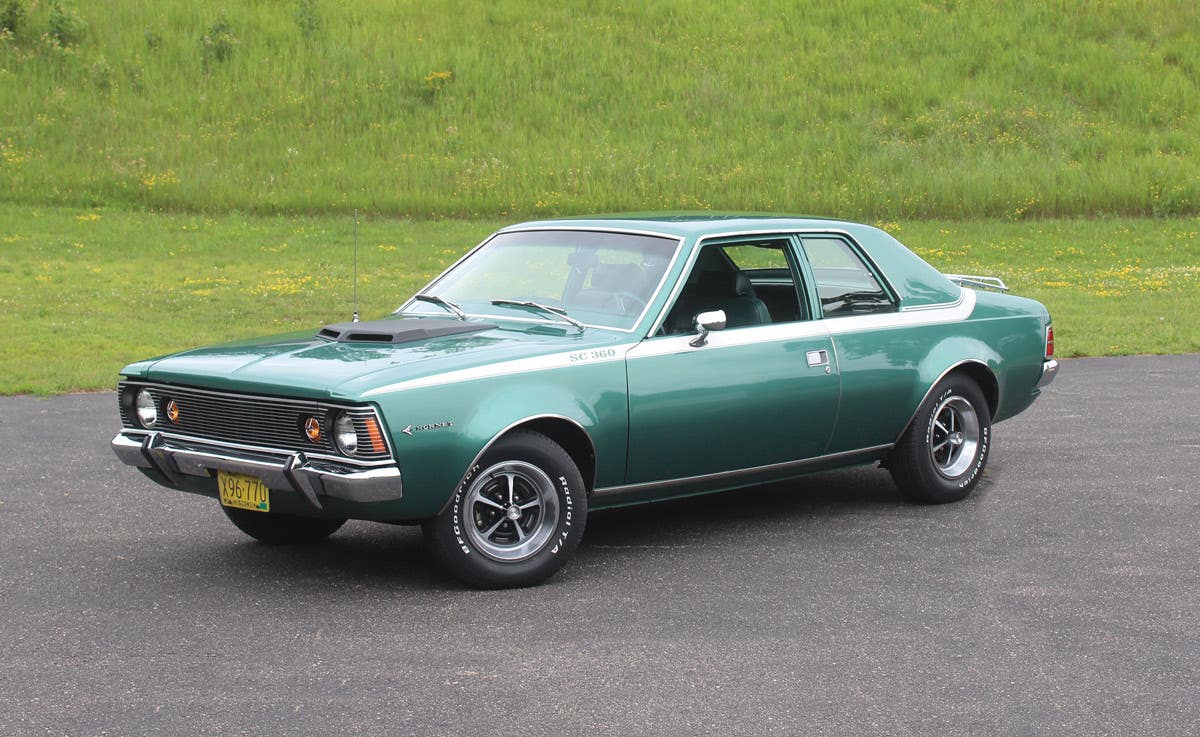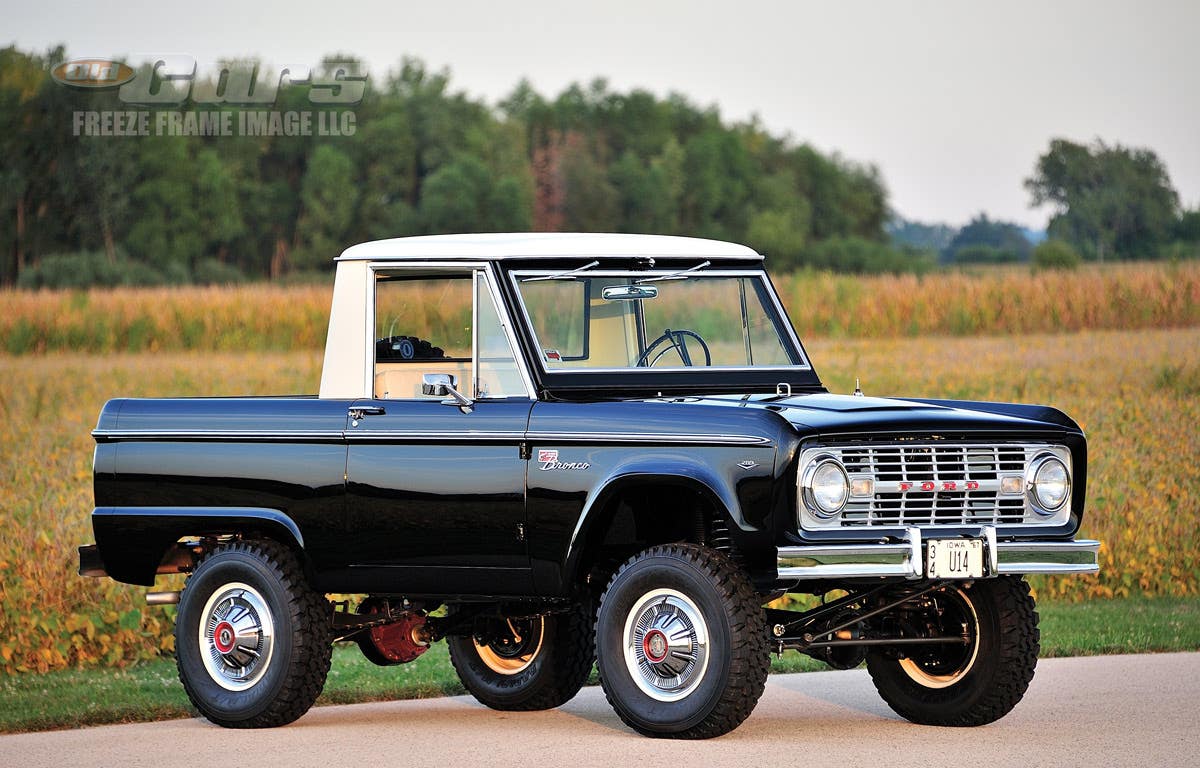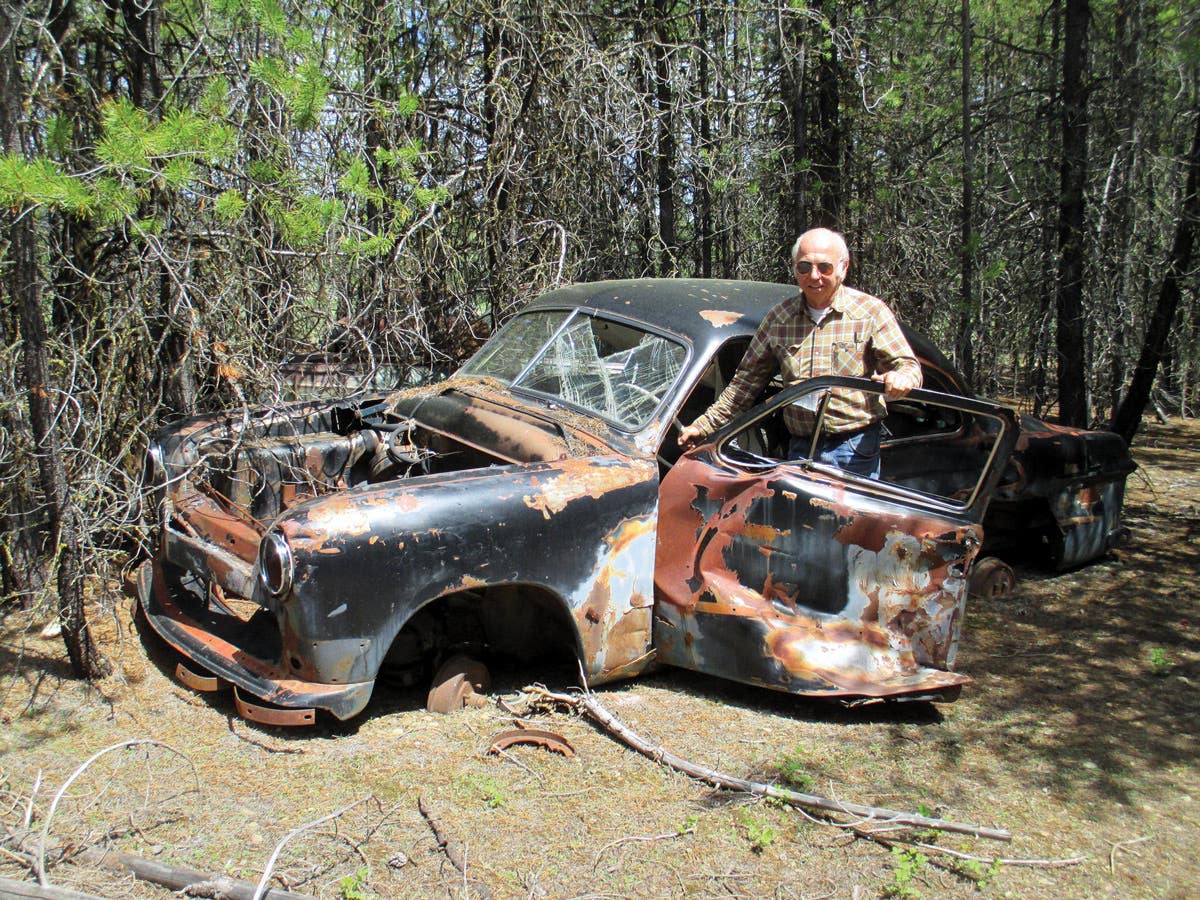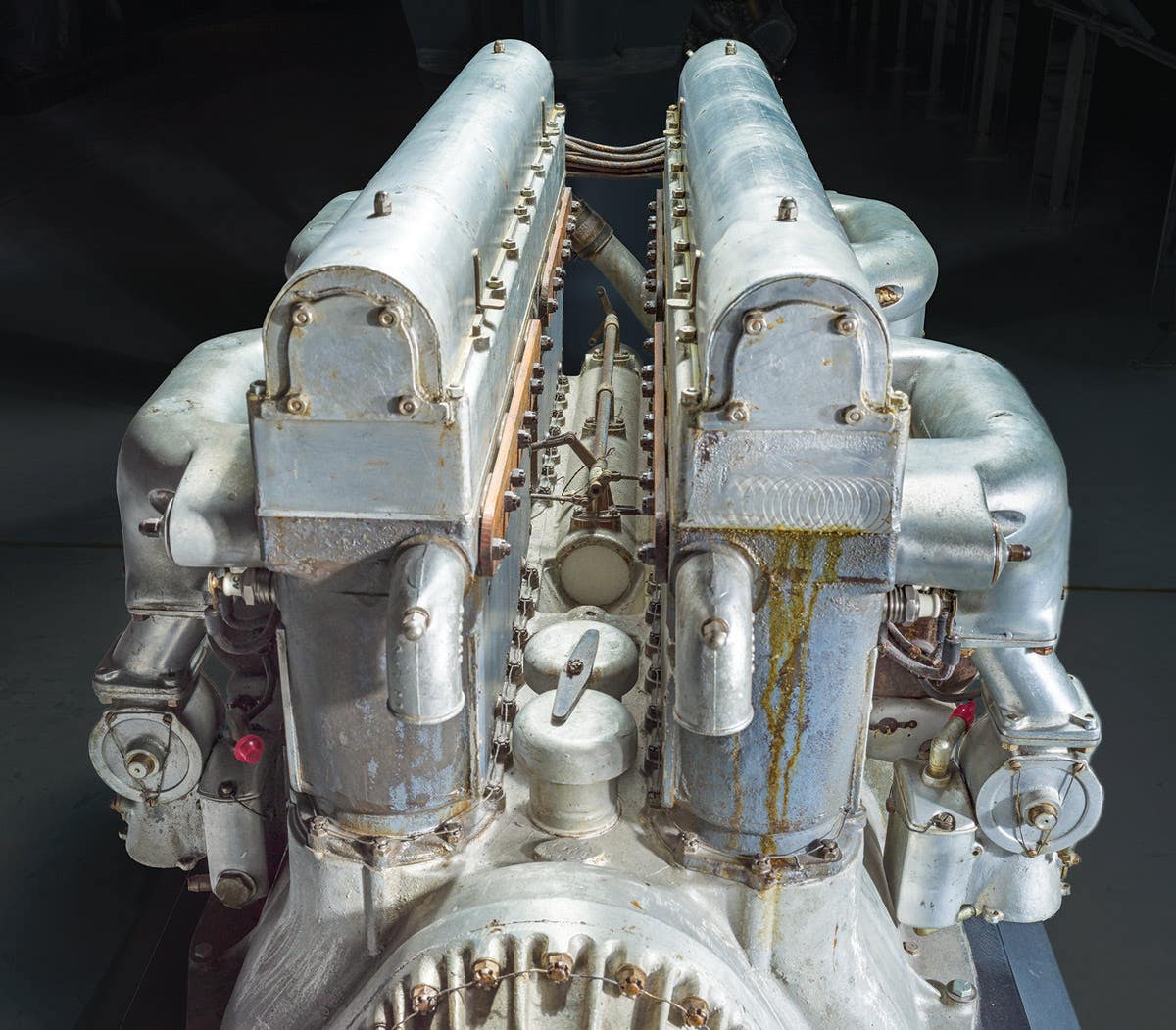Q&A with Kit Foster: March 26, 2015
Q. This lamp was found in the attic of an old garage. It is embossed “USA” on the top. Thanks for any information you can provide. — Pam Frink, Hill…
Q. This lamp was found in the attic of an old garage. It is embossed “USA” on the top. Thanks for any information you can provide.
— Pam Frink, Hill City, S.D.
A. It looks like many brass auto lamps of the period, but the “USA” brand gives a clue. Soon after the United States entered World War I in 1917, the Army Quartermaster Corps put out a specification for a standardized 4x2 utility truck that could be used by different branches of the armed services. More than 150 companies were involved in producing the parts, and production began in January 1918. Called “Liberty” trucks, they were also referred to as “USA,” which appeared on various components.
Fewer than 10,000 were completed by war’s end in November 1918, but the design was used as a basis for military trucks for many years afterwards. They are sometimes confused with the four-wheel-drive Quad trucks built under the Jeffery and Nash brands and which were also used during the war, but are not the same. Period photos of “USA” trucks show lamps like yours.
Q. In the Jan. 1 issue Charles Campbell asked about 1954 and ’55 Olds 88s rising up at full power. I think he meant the 1949 and ’50 models. They had coil springs in the rear. When I drag raced my 1949 we would get some guys in the trunk to weight it down and then wrap a chain around the rear axle housing and the frame to keep it from rising up. It was a hard ride but it worked and helped the weight transfer to the rear.
— Ray Tracy, Pentwater, Mich.
A. Thanks. I figured it had to be something about the geometry of the rear suspension. Reader Robert De Pew explains it in more detail. Read on.
Q. Oldsmobile went to coil spring rear suspension in 1949 through 1950. The older cars with flathead engines didn’t have the power to raise the car under acceleration, but in ’49 when they had the 303-cubic-inch V-8 they would raise the whole car. The reason for this is quite simple. The rear axle was kept from rotating by a pair of arms that were bolted to the axles near the outer end and went forward angling in toward the driveshaft. If I remember, they must have been four feet or more in length and were rubber-bushed to the frame on each side of the driveshaft.
When you accelerate, the axle housing tries to rotate in the opposite direction to the wheels, thus the front ends of these radius rods are pushing upwards on the frame, thus lifting the car. Most cars had Hotchkiss rear ends with leaf springs that bend somewhat under acceleration, dropping the rear. Cars such as older Buicks, Chevys and Fords with torque tubes did the same as the Olds, but the torque tubes were probably twice the length of the Olds torque arms. Thus, they didn’t lift like the Olds because they lost leverage due to their length. Also, under acceleration the wheels are trying to “walk” forward of the chassis and body, which tends to cause the rear to sink.
— Bob De Pew, Welches, Ore.
A. There you have it. I am reminded of some Peugeots that were in our family. The ones with automatic transmissions would always rise up slightly when put into gear, particularly in reverse with the brakes applied. Now I know why. They had coil spring independent rear suspension with short trailing arms.
To submit questions to this column: E-mail angelo.vanbogart@fwmedia.com or mail to: Q&A, c/o Angelo Van Bogart, 700 E. State St., Iola, WI 54990-0001.
Got Old Cars?
If you don't subscribe to Old Cars Weekly magazine, you're missing out on the only weekly magazine in the car hobby. And we'll deliver 50 issues a year right to your mailbox every week for less than the price of a oil change! Click here to see what you're missing with Old Cars Weekly!
More Resources for Car Collectors:
- Classic car price guides, research, books, back issues of Old Cars Weekly & more
- Get expert restoration advice for your classic car
- Get car pricing, data and history all in one place
- Sign up for Old Cars Weekly's FREE email newsletter
- Need to buy or sell your classic car? Looking for parts or memorabilia? Search our huge online classified marketplace



